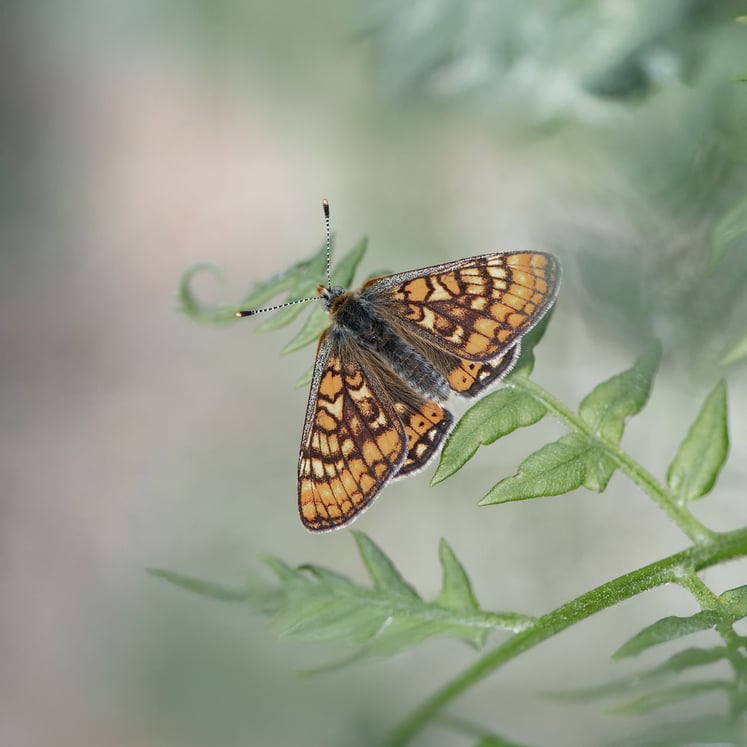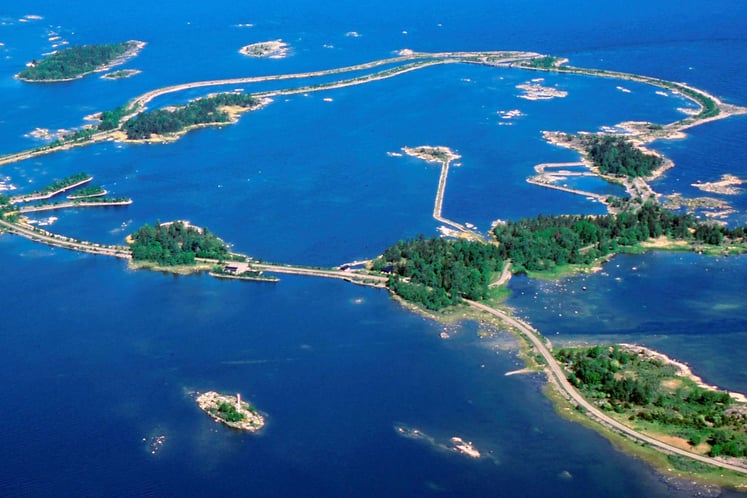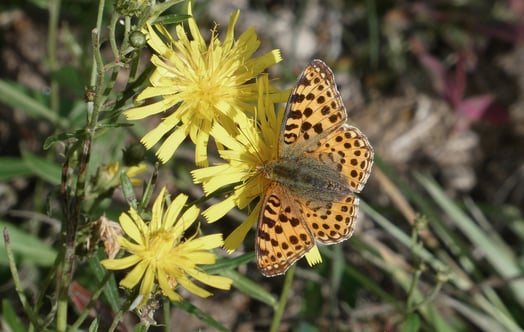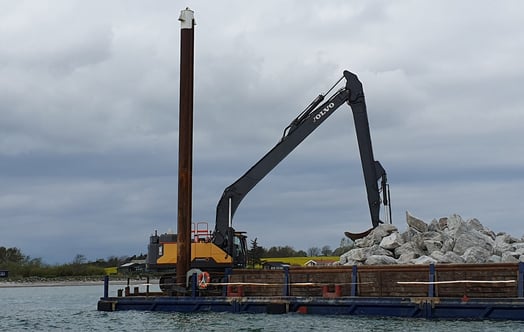Return of fish and control of invasive species at Ringhals
Cooling water is necessary for electricity production at Ringhals and it is taken from the sea via two intake channels to the nuclear power plant.
Short facts
- Ringhals, Sweden
- Aquatic species
- Mitigate biodiversity impacts and control of invasive species
- 2011–ongoing
Although most fish can swim against the current, the cooling water evidently comes with animals and plants that are normally found in the sea. To minimise the impacts, species that are found are returned to the sea via a common sewer pipe that empties into the sea at a depth of 10 meters.

This procedure is followed-up carefully, and the result shows that eels have a particularly high survival rate (86% survive).
Since 2011, a biological control program for invasive species has also been part of the ecological monitoring at Ringhals and it is carried out by the Swedish University of Agricultural Sciences (SLU).
Surveys along the coast and inside the nuclear plant have identified invasive species like Asian blue crab, the Pacific oyster and several invasive algae species. Findings are reported to the County Administrative Board in Halland and documented in a database for authorities and researchers.
More about biodiversity
Biodiversity and nature protection are a priority at Vattenfall. It is one of the focus areas in our environmental policy and therefore also a central part in our environmental work.

How we make a difference for nature
Biodiversity is an important and integrated part of our work. Here, we show concrete examples of how we care for nature through our projects.




